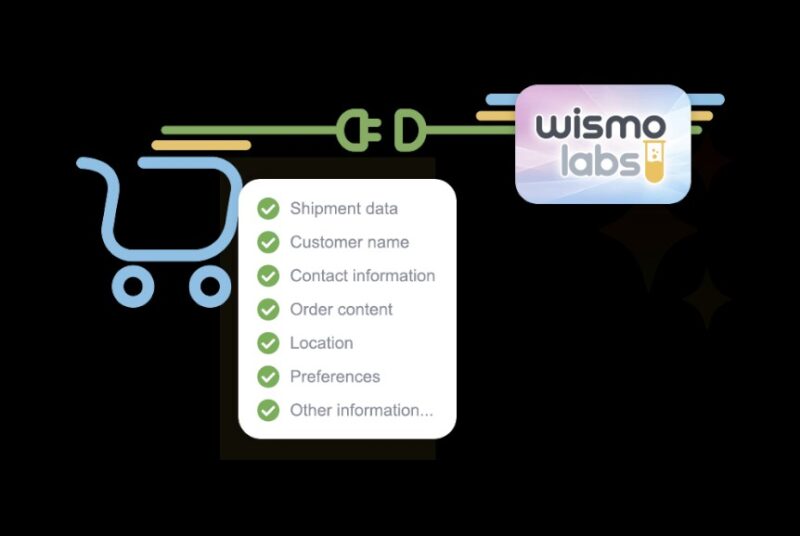Executive and tech hiring has always been one of the most strategic moves a business can make. Appoint the wrong person, and the cost goes beyond salary, it can derail growth, stall product development, or even unsettle investors.
Appoint the right one, and the trajectory shifts upward. For decades, recruitment relied on networks, polished résumés, and reputation.
But in 2025, predictive analytics is stepping into the spotlight, helping boards and founders take some of the guesswork out of hiring.
With better data, sharper models, and behavioral forecasting, executive and tech talent searches are becoming far more precise, reducing the risk of costly missteps.
Why Predictive Analytics Is Transforming Hiring

Recruitment isn’t just about filling an empty seat, it’s about anticipating who can actually drive impact. Predictive analytics takes large datasets, past performance indicators, and behavioral signals to project how a candidate might perform. Instead of hoping intuition pans out, companies can assess probabilities.
The shift is not about removing human judgment but strengthening it with hard evidence. By pairing recruiter insight with predictive models, organizations are avoiding blind spots and spotting talent they might have missed.
- Predicts leadership longevity through career pattern analysis
- Reduces subjective bias by integrating measurable factors
- Highlights risks early, giving boards more confidence
The game is moving from reactive hiring to proactive forecasting, and that makes all the difference in high-stakes roles.
How Executive Search Is Changing With Data
In the past, executive search leaned on prestige and relationships. While reputation still matters, data-backed insights now add rigor.
For example, specialized firms such as Tech Ned Recruitment are embedding predictive models into their process.
This means executives are assessed not only for what they’ve achieved but also for how they’re likely to perform in the future context of a business.
Recruitment partners look at variables such as cultural adaptability, decision-making speed, and response to high-pressure environments.
Instead of shortlisting candidates because of titles alone, analytics ensures the shortlist is evidence-driven. For boards, this means reduced uncertainty and more transparency in a process that historically relied on personal networks.
What Predictive Analytics Looks Like in Action

Predictive analytics goes deeper than résumés and references. The process pulls together multiple data streams to model future performance.
Key components include:
- Career trajectory: Whether a candidate has scaled organizations at similar stages.
- Leadership signals: Decision-making style, ability to adapt during disruption.
- Market context: Hiring patterns across competitors and emerging skill demands.
Together, these create a composite view of a candidate. For example, a CTO who previously led two scale-ups through global expansion may score higher in adaptability than someone with a static corporate background.
Instead of relying on subjective interpretation, boards now see probabilities. The model doesn’t eliminate risk, but it tilts decisions in favor of sustainable leadership.
Why Tech Talent Searches Benefit Most
In tech, leadership mistakes are magnified. A wrong CTO appointment can slow down product rollouts or compromise an entire digital strategy. Predictive analytics gives tech searches an edge by spotlighting leaders who can scale with rapid innovation.
- Identifies candidates with proven experience in emerging technologies
- Expands talent pools beyond the “usual suspects”
- Reduces financial exposure from failed appointments
Tech roles are not just about today’s skills but tomorrow’s adaptability. Predictive analytics helps recruiters spot leaders capable of navigating AI adoption, cloud transformation, and shifting cybersecurity challenges.
In a market where competition for talent is fierce, having forward-looking clarity is no longer optional, it’s critical.

Case Insight: Predictive Hiring in Hyper-Growth Startups
Consider a SaaS startup moving from Series B to Series D. The board needs a CTO capable of managing rapid scaling, investor scrutiny, and global rollout. Traditionally, interviews might focus on technical brilliance or charisma.
With predictive analytics, the process looks different. Candidate profiles are measured against growth patterns of comparable firms. Those who have navigated similar transitions are weighted higher.
This reduces the risk of mis-hiring someone brilliant but misaligned with the company’s growth stage. Instead of hoping chemistry in the interview room translates into results, boards use data-driven models to make smarter calls.
Predictive hiring doesn’t remove human decision-making; it strengthens it with a layer of foresight.
Table: Traditional vs Predictive Executive Searches
| Aspect | Traditional Search | Predictive Analytics Approach |
| Candidate Evaluation | CV, interviews, references | Data models, behavioral forecasts |
| Risk of Mis-Hire | High, intuition-based | Lower, evidence-backed probabilities |
| Talent Discovery | Limited to networks | Wider pool, hidden talent identified |
| Time to Decision | Slower manual vetting | Faster with automated insights |
| Cultural Fit | Recruiter judgment | Modeled with psychometric data |
This contrast illustrates how predictive hiring turns recruitment into a forward-looking strategy rather than a backward-looking résumé review.
Industry research shows that a failed executive hire can cost up to 2.5 times the executive’s salary. That includes lost productivity, cultural disruption, and replacement costs.
Predictive analytics reduces this burden by giving decision-makers an evidence-backed way to avoid high-risk appointments.
For companies scaling quickly, that saving isn’t just financial, it preserves momentum at critical junctures.
Challenges and Ethical Considerations
Predictive analytics brings new responsibilities. Algorithms are powerful, but they’re not neutral. Poorly trained models can replicate existing biases or overlook unconventional but high-potential candidates.
Privacy concerns are also rising as firms handle sensitive career data.
To use these tools responsibly, companies must:
- Ensure transparency in how models are built
- Balance algorithmic input with human oversight
- Regularly audit data to reduce systemic bias
Recruitment must remain a human-centered process, with analytics serving as an enhancement, not a replacement. Ethical use ensures predictive hiring builds stronger teams rather than reinforcing old patterns.
Conclusion
Predictive analytics is reshaping executive and tech talent searches by replacing guesswork with data-grounded foresight.
Companies gain sharper insights, reduce the risk of failed hires, and broaden their access to overlooked talent.
In high-stakes leadership appointments, this precision can define whether an organization merely survives or accelerates into new growth.
Forward-looking companies that adopt predictive hiring today are setting themselves up for stronger leadership pipelines tomorrow, where every appointment is both a strategic fit and a sustainable investment.
Related Posts:
- 5 Skills You Need to be a Successful Executive…
- How Narayanam Nageswara Rao is Reshaping Ncs Sugars…
- Digital Innovations Reshaping the World of Locksmithing
- How Modern Technology is Reshaping the Online…
- 11 Must-Have Tech Gadgets 2024 for College Students
- BCA or B.Tech (IT), Which is Perfect for you After 12th?








